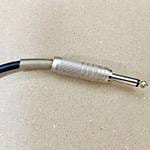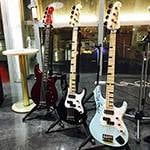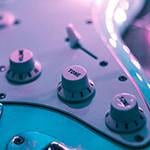When you hear the word “cassette tape”, what do you think of? Perhaps you think of music from the 80s or 90s, or scenes from old movies. However, cassette tapes are now being re-evaluated in modern times. In this article, I will introduce the allure of cassette tapes and why they are being re-evaluated now!
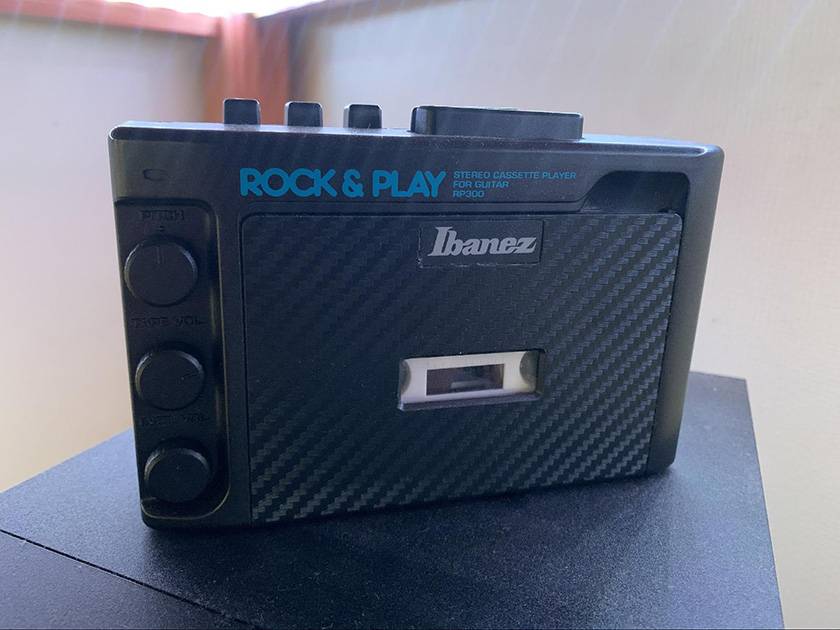
<My Ibanez Cassette Player>
History of the Cassette Tape
Cassette tapes are a medium for recording and playing back music and sound that was developed by the Dutch company Philips in the 1960s. They later became popular all over the world, and were extremely popular from the 1980s to the 1990s. In particular, the appearance of portable cassette players meant that people could enjoy their favorite music anywhere, and cassette tapes became all the rage.
However, as new music media gradually appeared and digital sources such as CDs and MP3s became the mainstream, cassette tapes gradually disappeared. However, in recent years, there has been a renewed focus on cassette tapes.
The Allure of Cassette Tapes
So, why are cassette tapes being reevaluated in the modern age? One reason is the unique sound quality that only cassette tapes can offer. Cassette tapes are analog sound sources, and their warm sound is different from digital sound sources, and that is their allure.
In addition, the noise caused by tape deterioration creates a nostalgic atmosphere reminiscent of old movies and albums.
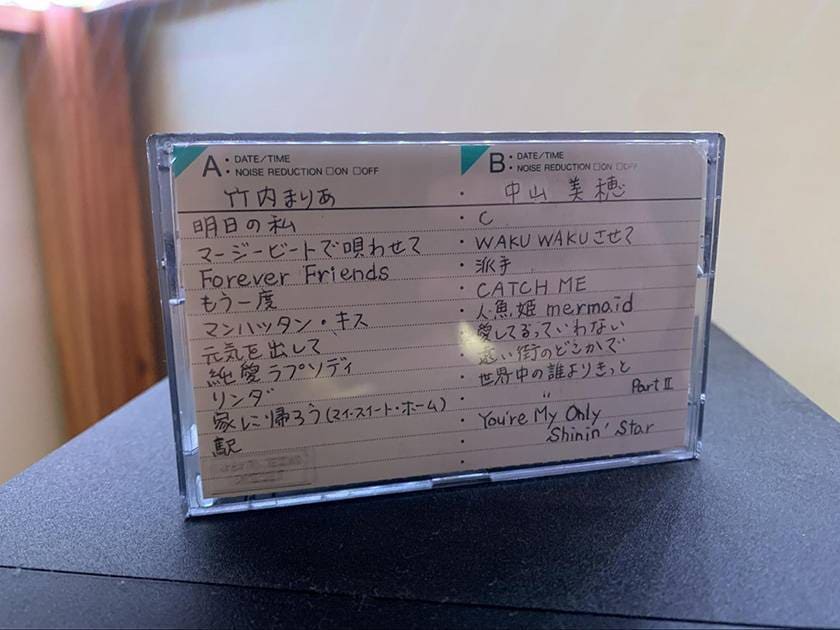
<A mixtape made by my parents when they were young, which I found in the storeroom in my house>
In addition, cassette tapes were also popular because they were easy to record on. There was a culture of making “mixtapes” on cassette tapes, where you could create your own personal playlist. It was also common to give them as gifts to friends or loved ones, and they were popular as special items that had a homemade feel.
Difference in Sound Quality Between Cassette Tapes and Music streaming platform
So how much of a difference is there in sound quality between the mainstream subscription-based music streaming services and cassette tapes?
This time, I would like to compare it with the chorus of “Toto” from Totos first album “Hold the Line”, which I have on cassette.
First, I listened to it on a streaming service. The sound on the streaming service is clearer, with a more familiar tone. So, what about the cassette version? The cassette has a warmer sound compared to the subscription service. The high-end clarity seems to be better on the subscription service. I listened to the streaming version again, and this time I was able to notice a big difference that I couldn't catch the first time.
It's the difference in the amount of audio information.
I feel that the cassette has more audio information than the streaming version. After listening to the cassette, the streaming version feels very flat and lackluster.
So this time, I used an analyzer to check the difference in frequency characteristics.
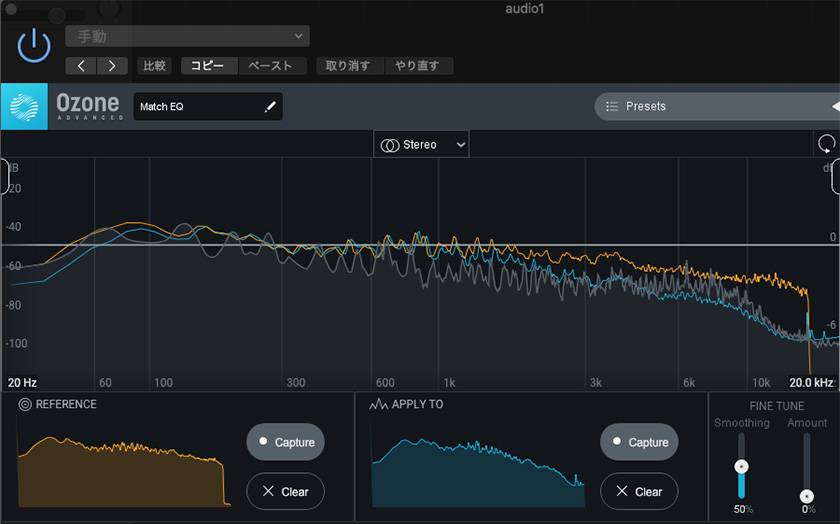
<↑The orange line is the streaming service, and the light blue line is the cassette tape>
One clear difference is that the streaming service is more audible at around 1kHz to 15kHz than the cassette tape, but after 15kHz it suddenly disappears.
In contrast, the cassette tape is clearly audible even at around 20kHz, exceeding 15kHz.
I think this difference is the difference in the amount of sound information I felt earlier.
I had the image that cassette tapes had weak high and low frequencies, but in reality, the low frequencies were not weak, and although there were differences in the way the high frequencies were reproduced, I was surprised to find that cassette tapes had a wider playback range.
Contemporary Uses for Cassette Tapes
In modern times, how are cassette tapes being used? First, many veteran artists and indie musicians are increasingly releasing music on cassette tapes. This allows listeners to enjoy the unique analog sound quality that cassettes offer, which is appreciated by music fans. Additionally, cassette tapes and cassette players with high design value have emerged, making them popular as interior items as well.
The Future of the Cassette Tape
Cassette tapes will likely continue to be spotlighted for their music and design aspects. While digital audio sources are convenient, more and more people are rediscovering the charm of analog music experiences and handmade mixtapes. Additionally, among some artists, cassette tapes serve as an important medium that connects the artist and their fans.
Cassette tapes are items that can be re-evaluated for their appeal and find new value in the modern age. I encourage you to take this opportunity to rediscover the allure of cassette tapes!
Bonus
Earlier, I introduced an Ibanez cassette player, but did you know that Ibanez used to make cassette players?
Although it’s called a cassette player, it’s different from a typical one. It has a guitar input jack, and inside, there are built-in distortion and chorus effects, making it a convenient tool for practicing while listening to cassette tapes.
Ibanezのカセットプレイヤー内蔵のディストーションとコーラスを試しにアンプに繋いでみたらメッチャええやんけ❗️
— 航平 (@ike_kohei) January 28, 2023
アンプはFender Twin Reverb pic.twitter.com/ZRfc9Qzb7y
It’s a well-known fact among fans that Matthias Eklundh of Freak Kitchen recorded the band's first album (APPETIZER) using an Ibanez cassette tape player (RP200).
The “sound & person” column is made up of contributions from you.
For details about contributing, click here.






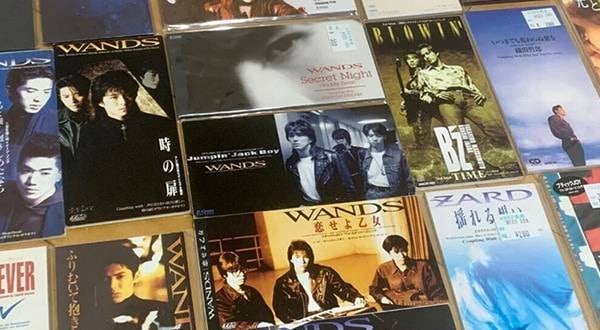
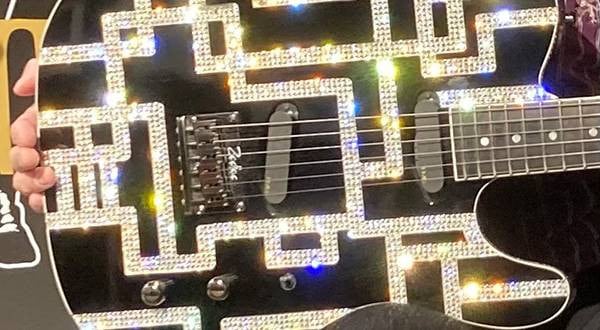
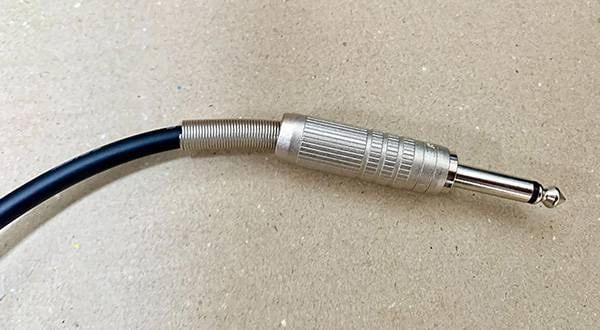
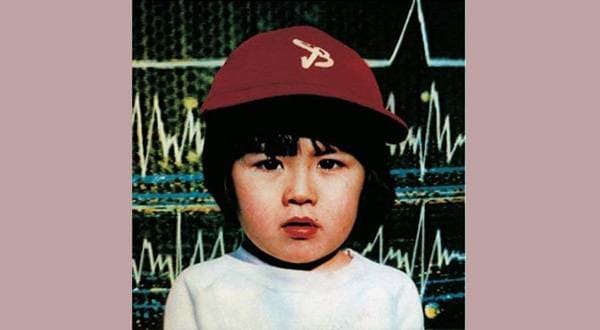
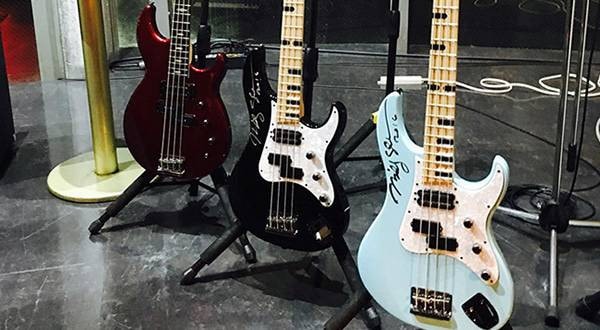
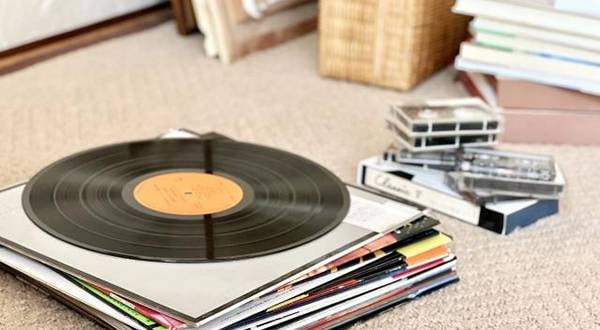
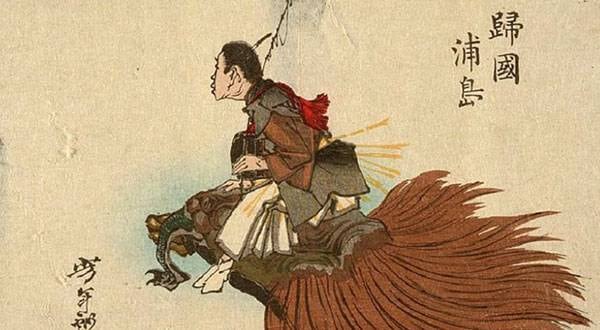
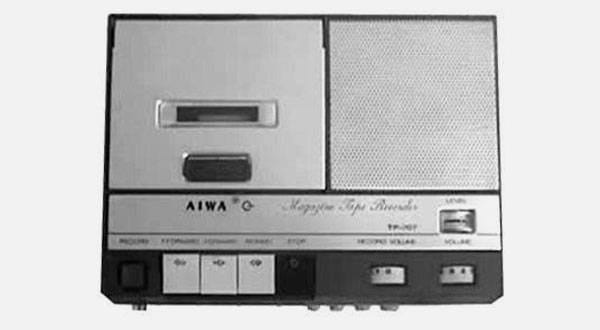
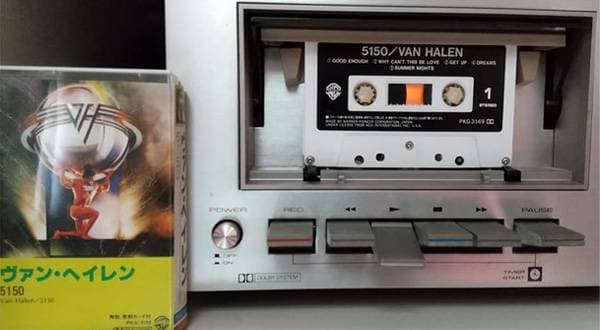
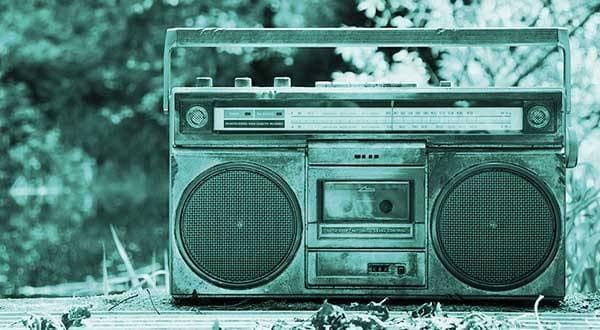
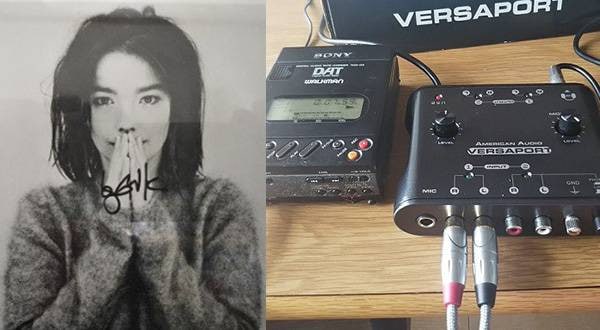
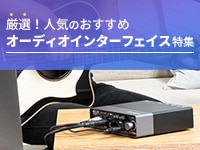 厳選!人気のおすすめオーディオインターフェイス特集
厳選!人気のおすすめオーディオインターフェイス特集
 ZOOMレコーダー 比較表
ZOOMレコーダー 比較表
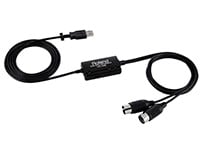 USB接続MIDIインターフェイス
USB接続MIDIインターフェイス
 機能で選ぶ オーディオインターフェイス
機能で選ぶ オーディオインターフェイス
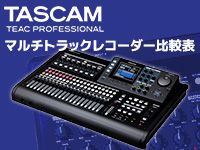 TASCAMマルチトラックレコーダー 比較表
TASCAMマルチトラックレコーダー 比較表
 DTM・DAW購入ガイド
DTM・DAW購入ガイド


